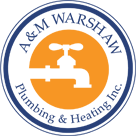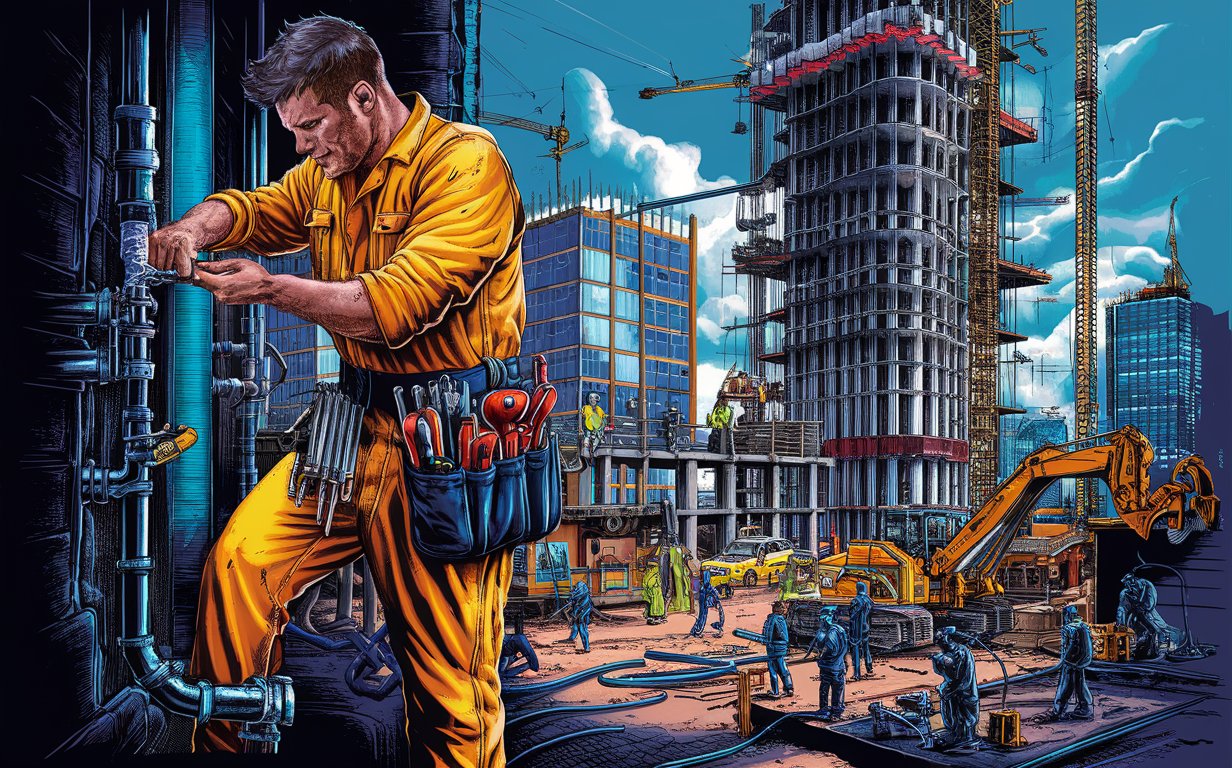New construction plumbing refers to the installation of plumbing systems in newly built structures. This process involves setting up a network of pipes, fixtures, and appliances necessary to deliver water and remove waste efficiently. It requires careful planning and execution to ensure compliance with building codes and seamless integration with other systems.
The process starts from the ground up, addressing all aspects of plumbing infrastructure. It includes everything from water supply lines to drainage systems, ensuring that the building is fully equipped with the necessary components for modern living. New construction plumbing plays a crucial role in making homes and commercial spaces functional and comfortable.
Important Components Of New Construction Plumbing
Key components of new construction plumbing include:
- Water Lines
- Gas Lines
- Sewer & Drain Lines
- Plumbing Fixtures
- Toilets
- Showers
- Sinks
- Dishwashers
- Bathtubs
- Faucets
- Bidets
- Fire Protection Systems
- Fire Sprinklers
- Fire Alarms
- Shut-off Valves
- Boilers & Water Heaters
These components are essential for delivering clean water, removing wastewater and ensuring fire safety. Proper installation and material selection are critical to ensuring durability and efficiency, as these plumbing systems will be used daily for years to come.
New Construction Plumbing Phases
The plumbing process for new construction is typically divided into three main phases: underground rough-in, aboveground rough-in, and finishing or trim-out. Each phase is crucial for ensuring the plumbing system operates effectively and meets all regulatory standards.
1. Underground Rough-in Phase
The underground rough-in phase is crucial for laying the foundation of a building’s plumbing system. During this stage, plumbers install the main water and sewer lines beneath the building’s foundation. This involves precise measurements and careful planning to ensure that pipes are placed correctly. Any mistakes at this stage can lead to significant and costly repairs later on. Plumbers must consider factors such as soil conditions and potential shifts in the ground.
2. Aboveground Rough-in Phase
In the aboveground rough-in phase, plumbers focus on the internal plumbing structure within the building. This phase involves installing pipes in walls, ceilings, and floors. Plumbers run water supply lines to all the necessary fixtures, such as sinks, toilets, and showers. They also connect waste lines to the sewer system, ensuring that all connections are secure and correctly aligned. Attention to detail is critical to prevent leaks and ensure that water flows with adequate pressure throughout the building.
3. Finishing Or Trim-Out Phase
The finishing or trim-out phase is the final stage of plumbing installation, where functionality and aesthetics come together. During this phase, plumbers install fixtures such as sinks, faucets, toilets, and showers. They make the final connections, ensuring that each component is securely attached and properly aligned. The system is thoroughly tested for leaks and other issues, with adjustments made as necessary to ensure optimal performance. Precision is vital at this stage to achieve a polished appearance and a fully functional plumbing setup.
How Much Does A New Construction Plumbing Cost?
The cost of new construction plumbing varies based on factors like building size, location, and the complexity of the plumbing system. On average, costs can range from $8,000 to $12,000 for a standard residential home. Commercial projects may incur higher expenses due to more extensive systems and additional regulatory requirements.
What Permits Are Required For New Construction Plumbing In NYC?
In New York City, obtaining permits for new construction plumbing is mandatory. The Department of Buildings requires detailed plans and specifications to ensure compliance with safety standards. Permits cover water supply, drainage, and gas piping systems. It’s important to work with licensed professionals to navigate the permit process and ensure all legal requirements are met.


